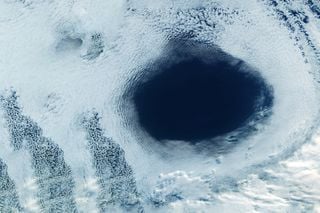What is a Tornado and How is it Formed?
New construction techniques are being developed to make buildings more resistant to the strong winds of tornadoes. The addition of self-contained “safe rooms” to these buildings has saved many lives.
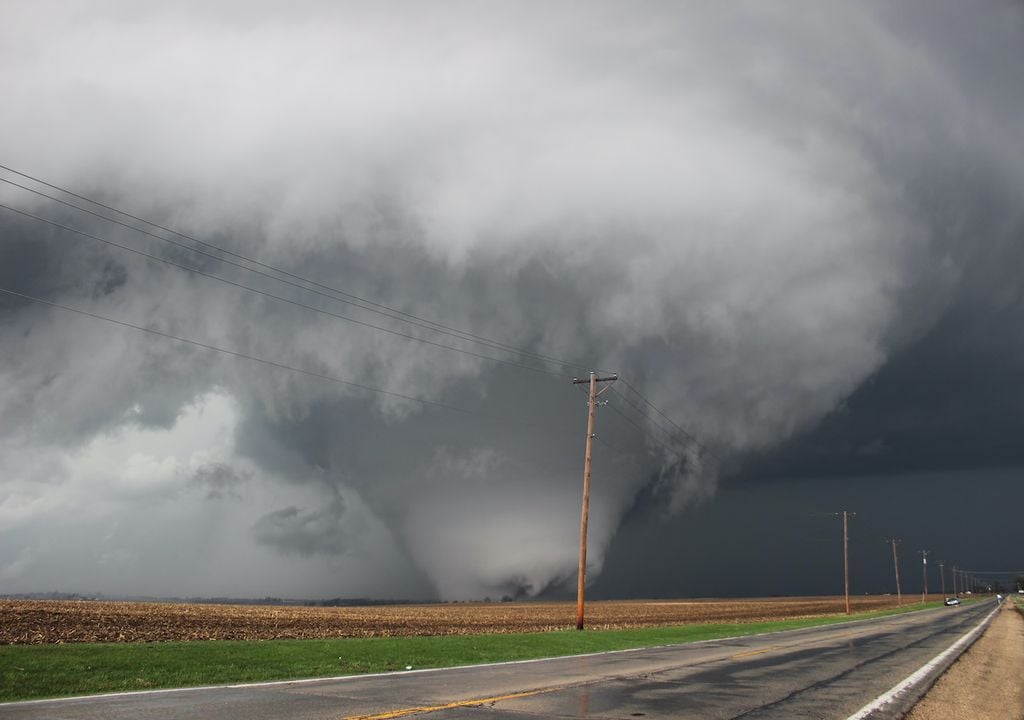
Tornadoes are columns of air that rotate violently, that extend from a severe storm and that are in contact with the ground. Tornadoes develop when variations of the wind with the height favor the rotation in the updraft. They can have different sizes, many as narrow rope-shaped swirls, others as wide funnels.
The place in the world where they record and produce the most tornadoes is in the center of the United States (the area is known as tornado alley or tornado alley), this derived mainly from its orography with plains and latitude that is influenced by the tropics and the North Pole.
How does a tornado form?
Sometimes, during a severe storm, a funnel-shaped cloud extends downwards from the rest of the storm clouds. It is a column of air that swirls dangerously fast.If it does not reach the ground, it is called a funnel cloud; If it reaches the ground, it is called a tornado.
Where the narrow end of the funnel touches the ground, everything moves with the powerful wind, from the first layers of soil, leaves of vegetation and even cars and roofs. Often, a tornado will touch the ground only for a few minutes and will travel less than a kilometer. But, in some cases there are tornadoes that can last much longer and devastate cities, neighborhoods, complete buildings or farms.
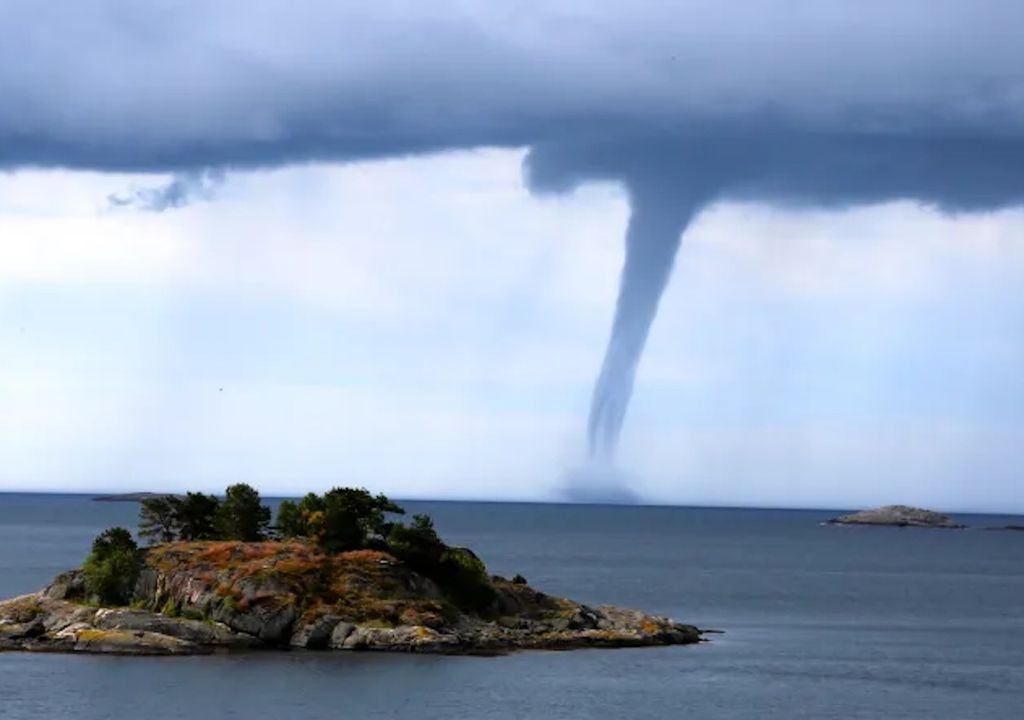
Some tornadoes are narrow like a water well but others can be an Olympic pool, in the area where they touch the ground. While, other tornadoes can be huge, even up to two kilometers wide.
As indicated above, tornadoes have different shapes and sizes. They are classified using the improved Fujita scale. Most of the tornadoes that occur are classified as weak tornadoes. Usually, a weak tornado will last only a few minutes and will have wind speeds of 160 kilometers per hour or less (100 mph or less).
Some tornadoes can intensify even more and become strong or violent. Strong tornadoes last twenty minutes or more and can have winds of up to 320 km/h (200 mph); while violent tornadoes can last more than an hour with winds of between 320 to 480 km/h (200 and 300 mph), these violent tornadoes are rare.
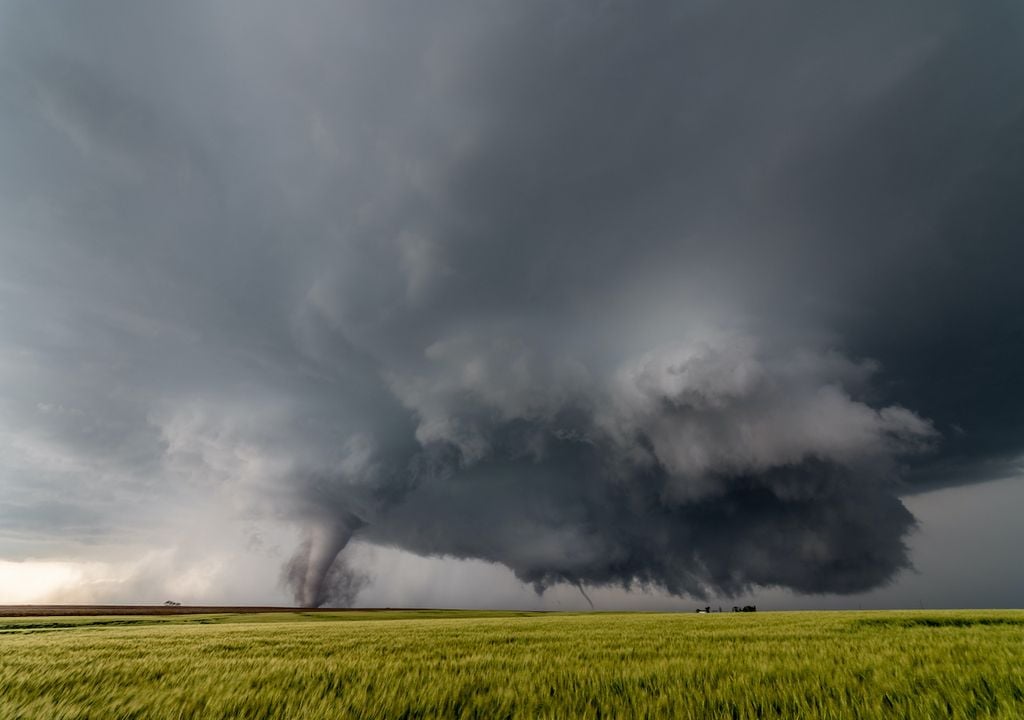
Training ingredients
The key atmospheric ingredients that lead to the potential of a tornado are instability (warm and humid air near the ground, with colder dry air at the top and wind shear), a change in the speed and/or direction of the wind with height.
An unstable air mass promotes the development of strong updrafts, while the shear of the wind will further increase the force of the ascending current and promotes the rotation from which tornadoes occur.
All storms have the potential to produce tornadoes, but the most common type for their formation is the supercell. This very severe and long-lasting storm contains circulation at height (mesocyclone), which grows upwards through the storm and down towards the ground. When the conditions are favorable, tornadoes will occur. Supercells can produce strong and violent tornadoes, or several tornadoes in a period of several hours.
What to do in the face of a tornado?
It is important to have a safety plan before acting. Tornadoes can develop quickly, so get ready to act. The preparation guide for thunderstorms, tornadoes and lightning suggests the following safety rules for tornadoes:
- Move to an underground shelter, basement or safe room. If the above is not available, opt for a small interior room without windows or a corridor on the lowest level.
- Leave the mobile homes and immediately go to the nearest resistant building or shelter.
If you are outdoors and there is no basement or a resistant building available: Immediately get into a vehicle, fasten your seat belt and try to drive to the nearest resistant shelter.
If debris appears flying while driving, stop and park. Now you have the following options as a last resort: Stay in your vehicle with your seat belt on. Place the head under the windows, covering it with your hands and, if possible, with a blanket. If you can safely go down noticeably lower than the level of the road, get out of your car and lie down in that area, covering your head with your hands.
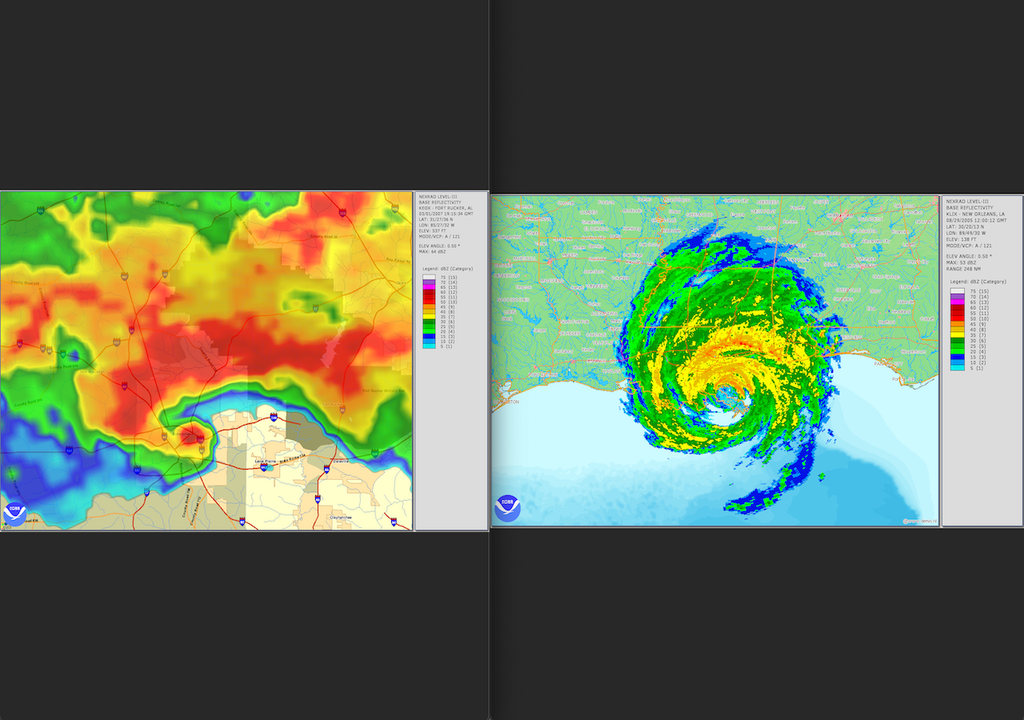
What is the difference between a tornado and a hurricane?
Hurricanes and tornadoes are similar in basic aspects. Both produce powerful and swirling winds, and both can leave a path of death and destruction. But hurricanes and tornadoes also differ in crucial aspects, including their size and duration, as well as how, when and where they are formed.
The biggest differences between hurricanes and tornadoes are their size and duration
Hurricanes usually have hundreds of kilometers in diameter, with strong winds and heavy rains throughout the region. While tornadoes are usually a few hundred meters wide. Regarding the duration of hurricanes, they can last for days or even weeks. Meanwhile, tornadoes don't usually last more than a few minutes.





